Top Free Drum and Bass Sample Resources to Elevate Your Sound
Understanding Free Drum and Bass Sample Basics
Drum and Bass (DNB) is a music genre characterized by its fast-paced breakbeats and heavy basslines. It has evolved considerably over the years, encompassing various subgenres and styles. At the heart of music production in this genre lies a crucial element: samples. If you’re an aspiring producer or a seasoned artist looking to infuse fresh sounds into your tracks, understanding how to effectively use free drum and bass samples can significantly enhance your production quality. For instance, you can start by exploring a Free Drum and Bass Sample pack to get you started.
What is Drum and Bass?
Originating in the early 1990s from the UK, drum and bass combines elements of jungle music, hip-hop, and electronic dance music. DNB is generally recognized for its average tempo ranging between 160 to 180 beats per minute, making it a high-energy genre ideal for dance floors.
The genre is defined by various stylistic components including complex drum patterns, deep basslines, and synthesizers. Core styles within Drum and Bass include Liquid DNB, Neurofunk, Jump Up, and Techstep, each contributing unique sounds and characteristics that appeal to a wide array of listeners and producers.
The Role of Samples in Production
Samples serve as building blocks in music production, allowing producers to create intricate soundscapes and textures. In drum and bass specifically, samples of beats, basslines, synths, and even vocal snippets can be manipulated and layered to produce new, innovative sounds. The versatility of samples enables producers to craft their own unique style while tapping into established sounds that resonate within the genre.
Using high-quality samples from trusted sources can significantly enhance your production quality rather than relying solely on synthetic sounds or recorded instruments. Samples can encapsulate various feelings, atmosphere, and energy that are difficult to recreate from scratch.
Why Use Free Drum and Bass Samples?
Utilizing free drum and bass samples has several compelling advantages:
- Cost-Effective: Using free resources allows you to build your sample library without investing a significant amount of money in commercial products.
- Variety: Free samples from various sources often cover a wide range of styles and themes, giving you access to unique sounds that can inspire creativity.
- Accessibility: Many free sample packs are readily available online, enabling you to quickly incorporate fresh sounds into your projects and experiment without the overhead of purchasing samples.
By browsing the right databases, producers can find high-quality sounds that can be manipulated to suit their needs while staying within a budget.
Finding Quality Free Drum and Bass Samples
Reliable Sources for Free Samples
Finding high-quality free samples can be a challenge given the multitude of sources available online. However, numerous platforms specialize in providing drum and bass sample packs that are both legal and free to use. Here are some commonly recommended sources:
- Music Production Forums: Online communities frequently share free packs, providing ratings and feedback to aid in assessing quality.
- Sample Websites: Various dedicated websites offer curated collections of free DNB samples that meet high production standards.
- Social Media: Producers often share free packs via platforms like Facebook and SoundCloud, which can be a goldmine for treasuring unique samples.
Community Recommendations and User Trends
Engaging with DNB communities on forums, social media groups, and music production sites can yield invaluable recommendations on free samples. Users often share their finds, from unearthing underappreciated packs to showcasing their own creations, facilitating a collaborative spirit that benefits all involved. Staying updated on current trends in community discussions can provide insights into the freshest sounds making waves in the scene.
Leverage platforms like Reddit or dedicated Facebook groups for real-time discussions and edits of new free samples making an impact, ensuring you stay ahead of the curve.
Assessing Sample Quality and Usability
When choosing samples, it is essential to evaluate their quality. Not all free samples are created equal; some may have issues related to poor recording or inadequate formatting, affecting usability within your DAW (Digital Audio Workstation). Here are some tips for assessing sample quality:
- Listen Before Downloading: Each sample should be previewed to ensure it fits your needs sonically.
- Check Sample Format: Ensure the samples are available in formats that are compatible with your production software to avoid workflow interruptions.
- Read Reviews: Community feedback often indicates the usability of the samples and their relevance within the genre.
Maintaining a keen ear for quality can save you substantial time during the production journey.
Creative Ways to Utilize Free Drum and Bass Samples
Layering Techniques with Drum and Bass Samples
Layering is a technique widely used in DNB to create depth in the sound. By combining multiple samples of kicks, snares, and hi-hats, producers can craft intricate drum patterns that capture energy and movement. Here are some effective approaches to layering:
- Complementary Sounds: Use samples that share similar tonal qualities for cohesion while layering contrasting elements to enhance depth.
- Dynamic Variations: Alternate between different samples to maintain listener interest by varying intensity throughout a track.
- Pitch and Effects Modulation: Adjust the pitch of layered samples or apply filters and effects to create a unique character in the sound.
Employing effective layering techniques can create richer and more engaging tracks.
Combining Samples for Unique Soundscapes
Combining samples from different sources or genres can result in unique soundscapes that set your tracks apart. Here are some creative ways to approach this:
- Crossover Styles: Merge elements from different musical genres, such as Hip-Hop or Ambient, into your DNB composition.
- Vocal Sampling: Incorporate vocal snippets to add a human touch and emotional depth to your productions.
- Random Sample Selection: Challenge yourself by selecting random samples from your library; this can encourage creativity and unexpected results in your tracks.
The more versatile your approach in combining samples, the more distinctive your sound becomes.
Incorporating Samples into Different Productions
Leveraging samples effectively can transcend genre boundaries—allowing you to incorporate DNB elements into various musical styles. Here are some ways to approach this:
- Remixes: Revitalize existing tracks by adding your unique DNB elements, combining your original sounds with familiar melodies or textures.
- Cross-Genre Collaborations: Collaborate with producers in other genres who might value DNB’s unique rhythmic qualities, creating innovative fusions.
- Sound Design: Use DNB samples as starting points to build entirely new sounds through manipulation and effects application.
The adaptability of samples amplifies your creative potential, allowing for experimentation across diverse musical landscapes.
Best Practices for Downloading and Organizing Samples
Safe Download Practices for Samples
While collecting free samples, it’s crucial to adhere to safe download practices. This ensures the protection of both your devices and your intellectual property. Consider these tips:
- Trusted Platforms: Always download samples from reputable sites to avoid malware and viruses.
- Scan Downloads: Use antivirus software to scan files before opening them on your computer.
- Check Licensing: Ensure the samples are royalty-free and can be used in commercial projects as needed.
By incorporating safe practices, you keep your workflow effective and secure.
Organizing Your Sample Library Effectively
An organized sample library can save time and improve your workflow. Here are some strategies to manage your samples effectively:
- Folder Structures: Create a logical folder hierarchy (e.g., by genre, type, or project) to make navigation straightforward.
- Tagging Samples: Use tagging systems in your DAW to categorize samples based on characteristics like tempo, key, or mood for easy searching.
- Favorites List: Maintain a ‘favorites’ folder for samples you use frequently—this speeds up access during your production process.
An effective organization system fosters creativity, enhancing productivity during the music-making process.
Backing Up Your Sample Collection
Backing up your sample collection is essential to prevent loss from hardware failures or accidental deletions. Here are practical backup solutions:
- External Drives: Use external hard drives for a physical backup of your samples, allowing easy storage and retrieval.
- Cloud Storage: Services like Google Drive or Dropbox offer remote data storage, enabling you to access files from anywhere.
- Redundant Backups: Maintain multiple copies of your samples in different locations for added security.
Implementing a robust backup strategy helps safeguard your creative work against unforeseen events.
Common Challenges with Free Drum and Bass Samples
Overcoming Quality Limitations
While free samples can offer a wealth of options, they may also come with quality limitations. Here are some strategies to enhance or overcome these limitations:
- Enhance with Effects: Apply EQ, reverb, or delay effects to improve the quality and fit of lower-quality samples within your mix.
- Re-record Samples: If a sample lacks the desired freshness, consider re-recording it using your own equipment or manipulating it to create variations.
- Layering with Higher Quality Samples: Combine free samples with higher-quality sounds to mask any deficiencies.
Each of these strategies can contribute to elevating the output quality of your productions.
Understanding Licensing and Usage Rights
One of the most critical aspects of using free samples is comprehending licensing agreements. Here’s what you need to know:
- Creative Commons Licenses: Familiarize yourself with different types of licenses that may permit or restrict the use of free samples.
- Attribution:: Some free samples may require you to give credit to the original creator, ensuring you acknowledge their work.
- Commercial Use:: Always clarify whether samples can be utilized in commercial projects without incurring fees or legal repercussions.
Thoroughly understanding licensing ensures you can freely and legally utilize samples in your productions.
Staying Within Genre and Style
When using free samples, it’s essential to maintain thematic consistency within your drum and bass tracks. Here are ways to ensure you stay true to the genre:
- Focused Selection: Choose samples that resonate with the essence of drum and bass to maintain authenticity.
- Adapt Samples Thoughtfully: If you’re considering using samples from other genres, ensure they can be adapted without losing the signature sound of DNB.
- Stay Informed: Tune into current trends within the genre to see what styles and sounds are being favored by producers.
By adhering to genre conventions while creatively experimenting, you can produce tracks that are innovative while respecting the core principles of drum and bass.
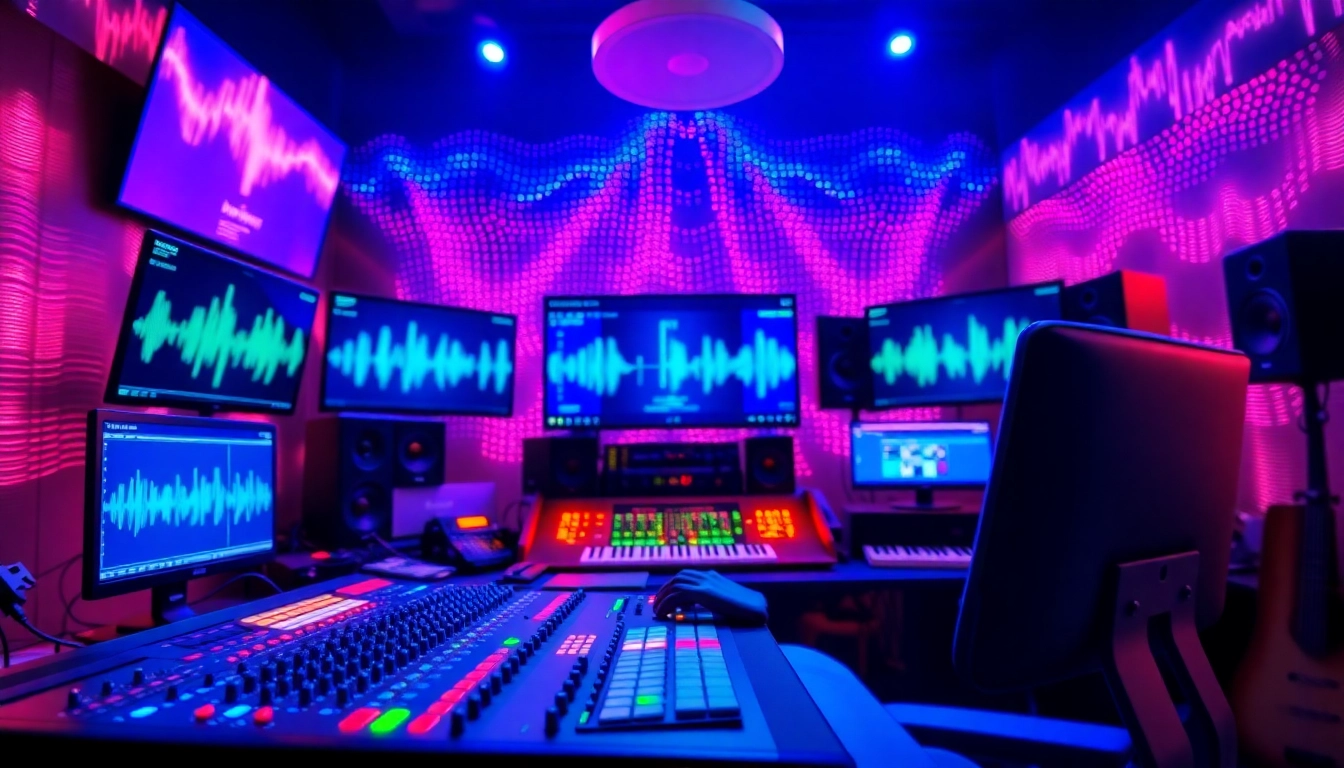
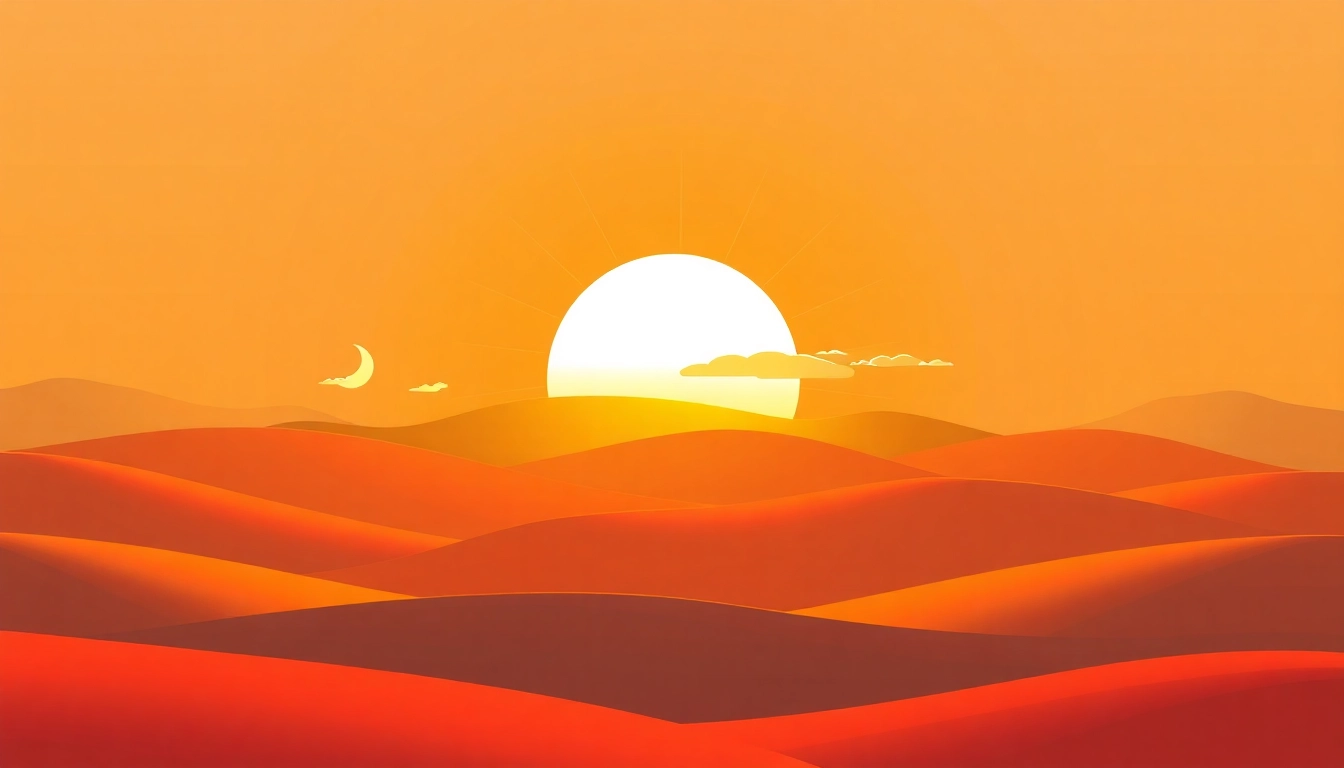

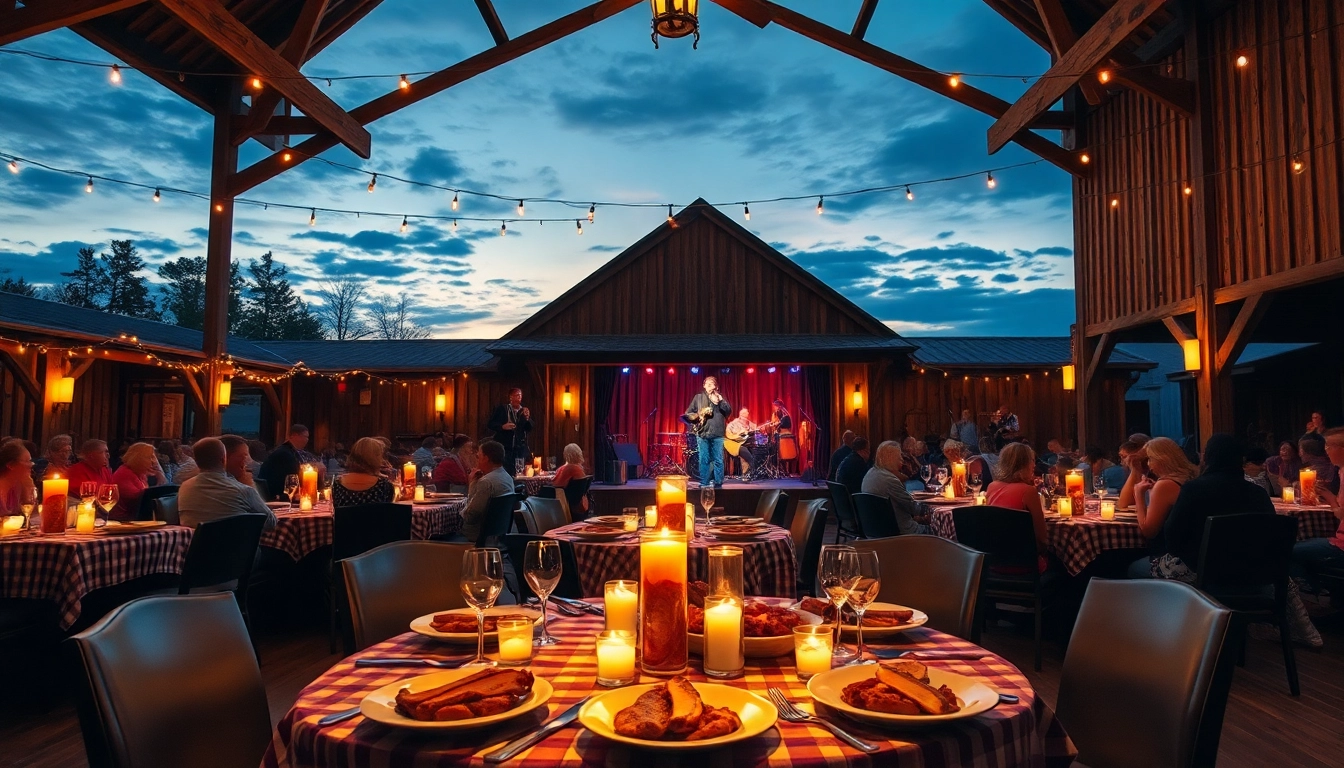

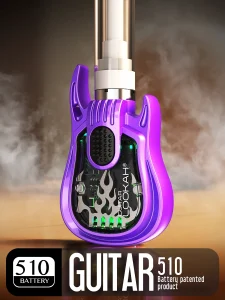



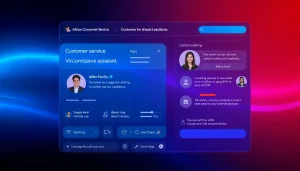
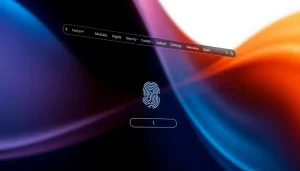

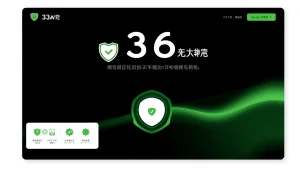
Post Comment